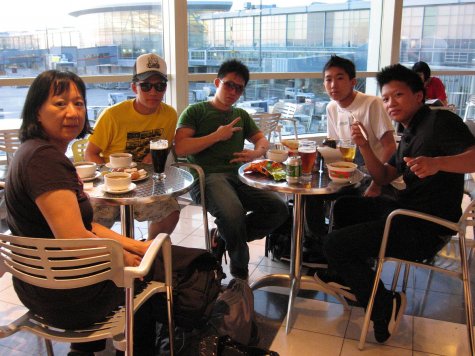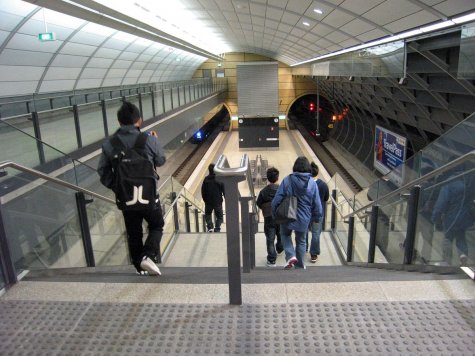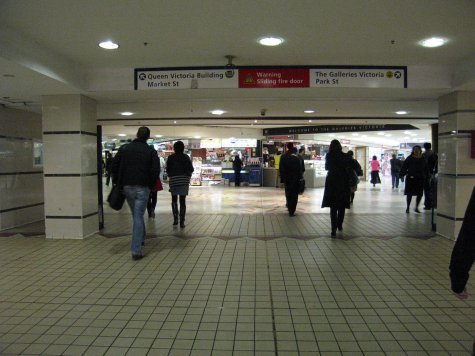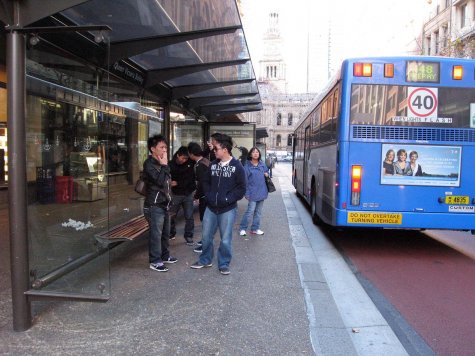Air Canada suggested that we board the flight from Toronto to Vancouver, and get the e-visa just before boarding on the next leg. At the Maple Leaf Lounge at YVR, the airline had to try the online application multiple times before achieving success. In the meantime, we were still catching up on being a family of six again, and enjoy the complimentary food and beverages. During the layover, our sons had time to taste all of the snacks, and sampled the variety of beer, wine and liquor (offsetting for my many years of non-consumption in airline transfers).
Vancouver to Sydney is about 15 hours on the plane. Crossing over the international date line resulted in us completely missing Canada Day. I did my usual strategic sleeping and watching movies. The flight wasn’t completely full, so we rotated into two-seat sleeping positions. From my previous trips to Australia, I expected the aircraft disinsection procedure just before landing — flight attendants on a 2-minute walk down the aisle with insecticide aerosols — and recommended that our family stay with heads under blankets until they were done.
The airport in Sydney is south of the city. Our hotel was north of the city, across the harbour. We bought tickets for the airport link and a 7-day orange travelpass for trains, ferries and buses. From the airport terminal, the first train took us to Sydney Central station.
We had left Toronto on an early summer evening flight to Vancouver, connected outbound from Vancouver almost at midnight, and boarded Sydney trains just after rush hour of a southern hemisphere winter morning. I drew attention wearing summer shorts and sandals. Donning a jacket and socks wasn’t quite warm enough, so it would be long pants for the week in Sydney.
We would ride the CityRail Northern line frequently in the days to follow. Sydney’s transit maps are relatively straightforward.
From Macquarie Park station, our hotel was a few blocks east. We had chosen a surburban location to reduce the frequent stay point redemption per night and lengthen our stay. DY and I had reserved one room, and our sons were in a second room next door. We were early for checkin, so we walked to Macquarie Centre — the local mall — putting us in more sunlight to beat jet lag. We had lunch in the fast food court, bought a few breakfast items in the grocery store, and picked up SIM cards for our mobile phones. We boarded a bus in the direction we thought back to the hotel, on which the bus driver corrected us by pointing out a transfer point. After a few hours in the hotel for a short rest and showers, we crossed Lane Cove Road to pick up the bus for an above-ground view of the journey to the Queen Victoria Building. We walked down to Chinatown for an early dinner, returning to the hotel after the early winter sunset.
Since a July winter in Australia results in practically the fewest hours of daylight in the year, I asked our sons to try to keep to early hours. They cooperated, and we joined rush hour commuters the next morning. The Macquarie Park station is one stop west of the Macquarie University station (near the mall). Our frequent trips to central Sydney would take us east and south.
The Epping to Chatswood rail line had only opened four months earlier, so this station is new.
Two escalators down (or an elevator ride) put us at the turnstiles.
The platform is down another flight of stairs, with only one track for each direction. The funding and construction of this rail line was controversial in Australian government, as it’s largely a subway with long distances between stations in the suburban region.
The platform was never crowded, and we usually would see only a few — if any — other passengers.
The trains were never full, either. We could have multiplied ourselves many times over, and still wouldn’t have problems getting seats together.
At Chatswood station, we would transfer to the North Shore line south to the city centre. On that train, I was amused at a mother entertaining her child with an iPod Touch. Electronic games replacing physical toys will change the nature of perception in our young!
We disembarked at Wynyard station, and walked south through the tunnels.
The stop outside the Queen Victoria Building is where we had ridden the bus on the previous evening.
I’ve been to Sydney on prior business trips. Moving a family of six around on public transportation from a suburban base requires a little more planning. With all of us recovering from jet lag, we would have to look out for each other.
[Start a large-image lightbox screen show over this blog post (in a supported browser)]
[See the YVR-SYD webphotos album (with a slideshow option)]
[See the Macquarie Park webphotos album (with a slideshow option)]

















